I draw a graph with this code:
CAShapeLayer *curentGraph = [CAShapeLayer new];
CGMutablePathRef linePath = CGPathCreateMutable();
curentGraph.lineWidth = 3.0f;
curentGraph.fillColor = [[UIColor clearColor] CGColor];
curentGraph.strokeColor = [colorGraph CGColor];
for (NSValue *value in arrOfPoints) {
CGPoint pt = [value CGPointValue];
CGPathAddLineToPoint(linePath, NULL, pt.x,pt.y);
};
curentGraph.path = linePath;CGPathRelease(linePath);
[self.layer addSublayer:curentGraph];
and it looks like this

But I have a problem. I need to animate the graph as it appears. Every point should move up from position y = 0 to y = pt.y. Like they do in the graph on this site.
How do I animate my graph like that?